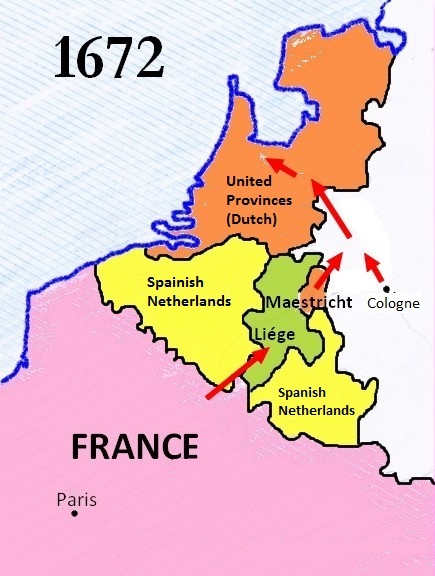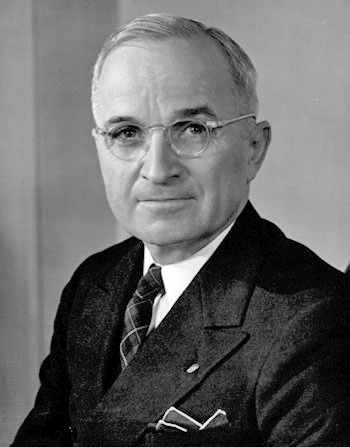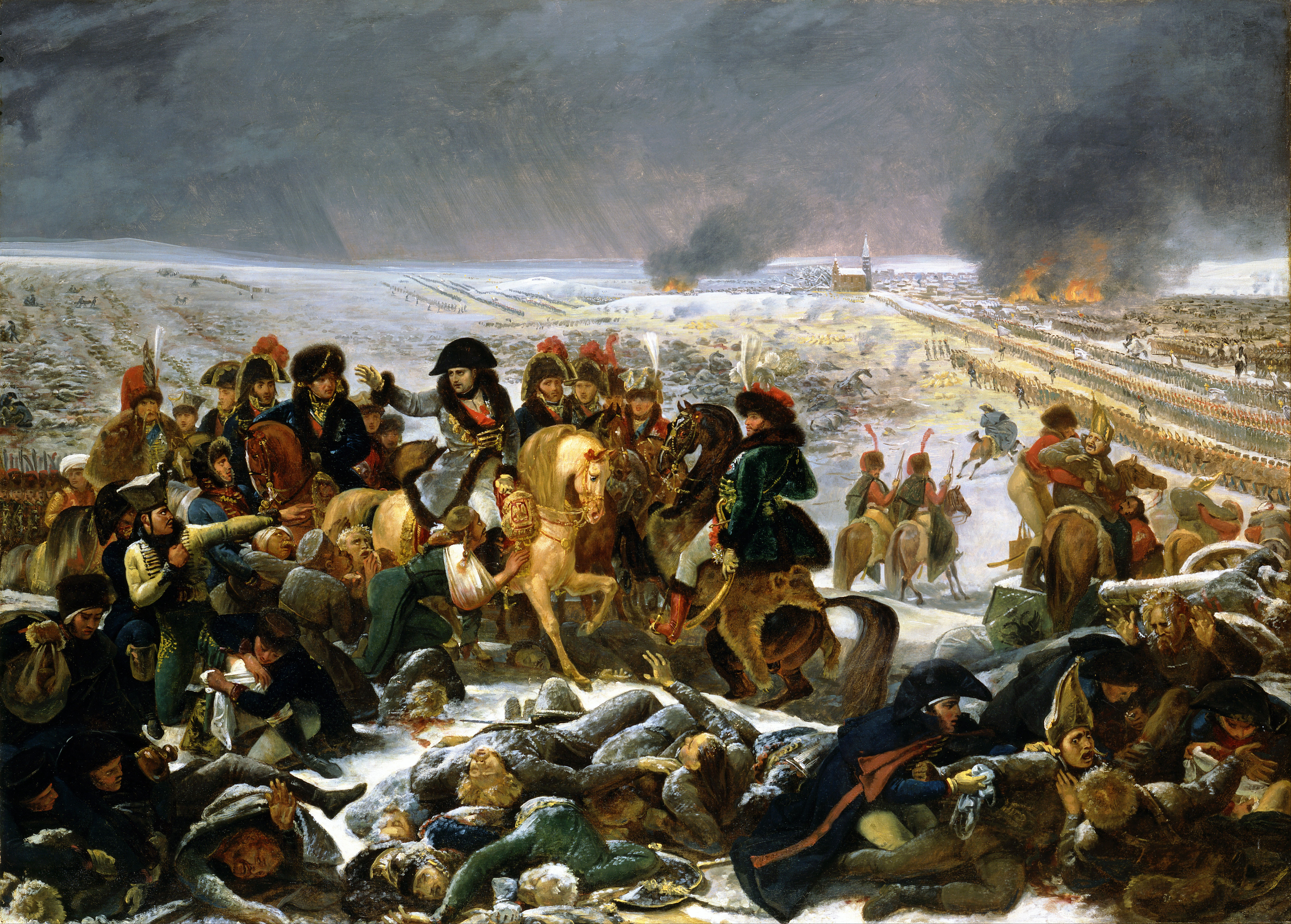|
February 19
Events Pre-1600 * 197 – Emperor Septimius Severus defeats Roman usurper, usurper Clodius Albinus in the Battle of Lugdunum, the bloodiest battle between Roman armies. * 356 – The anti-paganism policy of Constantius II forbids the worship of pagan idols in the Roman Empire. *1594 – Having already been elected to the throne of the Polish–Lithuanian Commonwealth in 1587, Sigismund III Vasa, Sigismund III of the House of Vasa is crowned King of Sweden, having succeeded his father John III of Sweden in 1592. *1600 – The Peruvian stratovolcano Huaynaputina explodes in the most violent eruption in the recorded history of South America. 1601–1900 *1649 – The Second Battle of Guararapes takes place, effectively ending Dutch colonization efforts in Brazil. *1674 – England and the Netherlands sign the Treaty of Westminster (1674), Treaty of Westminster, ending the Third Anglo-Dutch War. A provision of the agreement transfers the Dutch colony of New ... [...More Info...] [...Related Items...] OR: [Wikipedia] [Google] [Baidu] |
Septimius Severus
Lucius Septimius Severus (; ; 11 April 145 – 4 February 211) was Roman emperor from 193 to 211. He was born in Leptis Magna (present-day Al-Khums, Libya) in the Roman province of Africa. As a young man he advanced through cursus honorum, the customary succession of offices under the reigns of Marcus Aurelius and Commodus. Severus was the final contender to seize power after the death of the emperor Pertinax in 193 during the Year of the Five Emperors. After deposing and killing the incumbent emperor Didius Julianus, Severus fought his rival claimants, the Roman generals Pescennius Niger and Clodius Albinus. Niger was defeated in 194 at the Battle of Issus (194), Battle of Issus in Cilicia (Roman province), Cilicia. Later that year Severus waged a short punitive campaign beyond the eastern frontier, annexing the Osroene, Kingdom of Osroene as a new province. Severus defeated Albinus three years later at the Battle of Lugdunum in Roman Gaul, Gaul. Following the consolidation of ... [...More Info...] [...Related Items...] OR: [Wikipedia] [Google] [Baidu] |
Third Anglo-Dutch War
The Third Anglo-Dutch War, began on 27 March 1672, and concluded on 19 February 1674. A naval conflict between the Dutch Republic and England, in alliance with France, it is considered a related conflict of the wider 1672 to 1678 Franco-Dutch War. In the 1670 Secret Treaty of Dover, Charles II of England agreed to support an attack by Louis XIV of France on the Dutch Republic. By doing so, Louis hoped to gain control of the Spanish Netherlands, while Charles sought to restore the damage to his prestige caused by the 1667 Raid on the Medway. Under the treaty, Charles also received secret payments which he hoped would make him financially independent of Parliament. The French offensive in May and June 1672 quickly overran most of the Republic, with the exception of the core province of Holland, where they were halted by water defences. In early June, the Anglo-French fleet was badly damaged by the Dutch under Michiel de Ruyter at the Battle of Solebay. Shortly thereafter, Joha ... [...More Info...] [...Related Items...] OR: [Wikipedia] [Google] [Baidu] |
Aaron Burr
Aaron Burr Jr. (February 6, 1756 – September 14, 1836) was an American politician, businessman, lawyer, and Founding Fathers of the United States, Founding Father who served as the third vice president of the United States from 1801 to 1805 during Thomas Jefferson's Presidency of Thomas Jefferson, first presidential term. He founded the Manhattan Company on September 1, 1799. His personal and political conflict with Alexander Hamilton culminated in the Burr–Hamilton duel where Burr mortally wounded Hamilton. Burr was indicted for dueling, but all charges against him were dropped. The controversy ended his political career. Burr was born to a prominent family in what was then the Province of New Jersey. After studying theology at Princeton University, he began his career as a lawyer before joining the Continental Army as an officer in the American Revolutionary War in 1775. After leaving military service in 1779, Burr practiced law in New York City, where he became a leading ... [...More Info...] [...Related Items...] OR: [Wikipedia] [Google] [Baidu] |
Vice President Of The United States
The vice president of the United States (VPOTUS) is the second-highest ranking office in the Executive branch of the United States government, executive branch of the U.S. federal government, after the president of the United States, and ranks first in the United States presidential line of succession, presidential line of succession. The vice president is also an officer in the Legislative branch of the United States federal government, legislative branch, as the president of the Senate. In this capacity, the vice president is empowered to Presiding Officer of the United States Senate, preside over the United States Senate, but may not vote except to List of tie-breaking votes cast by the vice president of the United States, cast a tie-breaking vote. The vice president is indirect election, indirectly elected at the same time as the president to a four-year term of office by the people of the United States through the Electoral College (United States), Electoral College, but the ... [...More Info...] [...Related Items...] OR: [Wikipedia] [Google] [Baidu] |
1807
Events January–March *January 7 – The United Kingdom of Great Britain and Ireland issues an Order in Council prohibiting British ships from trading with France or its allies. *January 20 – The Sierra Leone Company, faced with bankruptcy because of the imminent abolition of the slave trade in British colonies, petitions the British government for purchase and transfer of its property to the Crown; Parliament approves the transfer on July 29, and it takes effect on January 1, 1808. *February 3 – Napoleonic Wars and Anglo-Spanish War: Battle of Montevideo – The British Army captures Montevideo from the Spanish Empire, as part of the British invasions of the Río de la Plata. *February 7 – Napoleon leads the forces of the French Empire in an invasion of the Russian Empire, and begins fighting at the Battle of Eylau against Russian and Prussian forces. *February 8 – Battle of Eylau: Napoleon fights a hard but inconclusive battle against the Russians unde ... [...More Info...] [...Related Items...] OR: [Wikipedia] [Google] [Baidu] |
Supreme Privy Council
The Supreme Privy Council () of Imperial Russia, founded on 19 February 1726 and operative until 1730, originated as a body of advisors to Empress Catherine I. History Originally, the council comprised six members— Alexander Menshikov, Fyodor Apraksin, Gavriil Golovkin, Andrey Osterman, Peter Tolstoy, and Dmitry Mikhaylovich Golitsyn. Several months later, Catherine's son-in-law, Karl Friedrich, Duke of Holstein-Gottorp, joined the council. During Catherine's reign (1725–1727), her favorite, Prince Menshikov, dominated the council. In her testament the Empress Catherine I authorized the council to wield power equal to that of her successor Peter II, except in matters of succession. Peter II, Catherine's step-grandson, assumed the throne on 6 May 1727; Menshikov organised for the 11-year-old Peter to become engaged to his 15-year-old daughter Maria Alexandrovna Menshikova (25 May 1727). By the time of Menshikov's downfall in September 1727 the council's make-up had cha ... [...More Info...] [...Related Items...] OR: [Wikipedia] [Google] [Baidu] |
1726
Events January–March * January 23 – (January 12 Old Style) The Conventicle Act (''Konventikelplakatet'') is adopted in Sweden, outlawing all non-Lutheran religious meetings outside of church services. * January 26 – The First Treaty of Vienna is signed between Austria, the Holy Roman Empire and Spain, creating the Austro-Spanish Alliance in advance of a war against Great Britain. * January 27 – On its maiden voyage, the Dutch East India Company frigate ''Aagtekerke'' departs from the Dutch Cape Colony on the second leg of its journey to the Dutch East Indies and is never seen again. ''Aagtekerke'' had carried with it a crew of 200 men and was lost somewhere in the Indian Ocean. * February 8 – The Supreme Privy Council is established in Russia. * February 13 – The Parliament of Negrete (between Mapuche and Spanish authorities in Chile) brings an end to the Mapuche uprising of 1723–26. * March 2 – In London, a night watchm ... [...More Info...] [...Related Items...] OR: [Wikipedia] [Google] [Baidu] |
Ostrobothnia (historical Province)
Ostrobothnia (; ) is a historical province comprising a large portion of western and northern Finland. Before the Treaty of Fredrikshamn in 1809, Ostrobothnia was part of Sweden. It is bounded by Karelia, Savonia (historical province), Savo, Tavastia (historical province), Tavastia (Häme) and Satakunta in the south, the Bothnian Sea, Bothnian Bay and Swedish Norrbotten in the west, Lapland in the north and Russia in the east. Etymology The word ''botten'' derives from Old Norse ''botn'', meaning 'bay'. It is Latinized as ''Bothnia''. The Finnish word ''pohja'' means either "north" or "bottom", and ''maa'' is "land". There are two possible explanations for the dual meaning of ''pohja''. The first is based on the ancient Scandinavian belief that the north was the bottom of the world, where the Sun disappeared each night. The second explanation points to the fact that houses were constructed with their backs to the north, the coldest direction, which may have given rise ... [...More Info...] [...Related Items...] OR: [Wikipedia] [Google] [Baidu] |
Isokyrö
Isokyrö (; ) is a municipality of Finland. It is located in the South Ostrobothnia region, from Vaasa. The municipality has a population of () and covers an area of of which is water. The population density is . In the name of the municipality, "''iso''" means big; "''kyrö''", on the other hand, is a Tavastian dialect and means a quarry, rocky or rugged terrain for hiding. The municipality is unilingually Finnish. According to Traficom, Isokyrö is the most motorized municipality in Finland with 718 cars per thousand inhabitants. Geography There are of cultivated fields. Isonkyrö's neighboring municipalities are Ilmajoki, Kauhava, Laihia, Seinäjoki Seinäjoki (; "Wall River"; , formerly ) is a city in Finland and the regional capital of South Ostrobothnia. Seinäjoki is located in the western interior of the country and along the Seinäjoki (river), River Seinäjoki. The population of Sein ..., Vaasa and Vörå. Localities: * Tuurala Notable people * M ... [...More Info...] [...Related Items...] OR: [Wikipedia] [Google] [Baidu] |
Tsardom Of Russia
The Tsardom of Russia, also known as the Tsardom of Moscow, was the centralized Russian state from the assumption of the title of tsar by Ivan the Terrible, Ivan IV in 1547 until the foundation of the Russian Empire by Peter the Great in 1721. From 1550 to 1700, Russia grew by an average of per year. The period includes the Time of Troubles, upheavals of the transition from the Rurik Dynasty, Rurik to the House of Romanov, Romanov dynasties, wars with the Polish–Lithuanian Commonwealth, Swedish Empire, Sweden, and the Ottoman Empire, and the Russian conquest of Siberia, to the reign of Peter the Great, who took power in 1689 and transformed the tsardom into an empire. During the Great Northern War, he implemented government reform of Peter I, substantial reforms and proclaimed the Russian Empire after Treaty of Nystad, victory over Sweden in 1721. Name While the oldest Endonym and exonym, endonyms of the Grand Principality of Moscow used in its documents were "Rus'" () and ... [...More Info...] [...Related Items...] OR: [Wikipedia] [Google] [Baidu] |
Swedish Empire
The Swedish Empire or the Great Power era () was the period in Swedish history spanning much of the 17th and early 18th centuries during which Sweden became a European great power that exercised territorial control over much of the Baltic region. During this period it also held territories on the North Sea and some Swedish overseas colonies, overseas colonies, including New Sweden. The beginning of the period is usually taken as the reign of Gustavus Adolphus, who ascended the throne in 1611, and its end as the loss of territories in 1721 following the Great Northern War. After the death of Gustavus Adolphus in 1632, the empire was controlled for lengthy periods by part of the high Swedish nobility, nobility, such as the Oxenstierna family, acting as regents for minor monarchs. The interests of the high nobility contrasted with the uniformity policy (i.e., upholding the traditional equality in status of the Swedish estates favoured by the kings and peasantry). In territories ac ... [...More Info...] [...Related Items...] OR: [Wikipedia] [Google] [Baidu] |
Battle Of Napue
The Battle of Napue, or the Battle of Isokyrö (Storkyro), was fought on 19 February 1714 ( O.S.) / 2 March 1714 ( N.S.) at the villages of Napue and Laurola, located in the Isokyrö parish of the Swedish Empire (modern-day Finland). The battle took place between the Swedish Empire and the Tsardom of Russia and was the final land battle of the Finnish campaign in the Great Northern War. The Swedish detachment, consisting almost entirely of Finnish troops, was defeated by the numerically superior Russian forces. As a result, all of Finland fell under Russian military occupation for the remainder of the war—a seven-year period of hardship known in Finland as the Great Wrath. Prelude By 1703, Russian forces had reached the inner parts of the Gulf of Finland, and founded the city of Saint Petersburg. Since the Swedish main army was engaged in Poland and later in Russia, Sweden was hard pressed to defend its Baltic territories. After the Battle of Poltava, Russia seized all of L ... [...More Info...] [...Related Items...] OR: [Wikipedia] [Google] [Baidu] |







